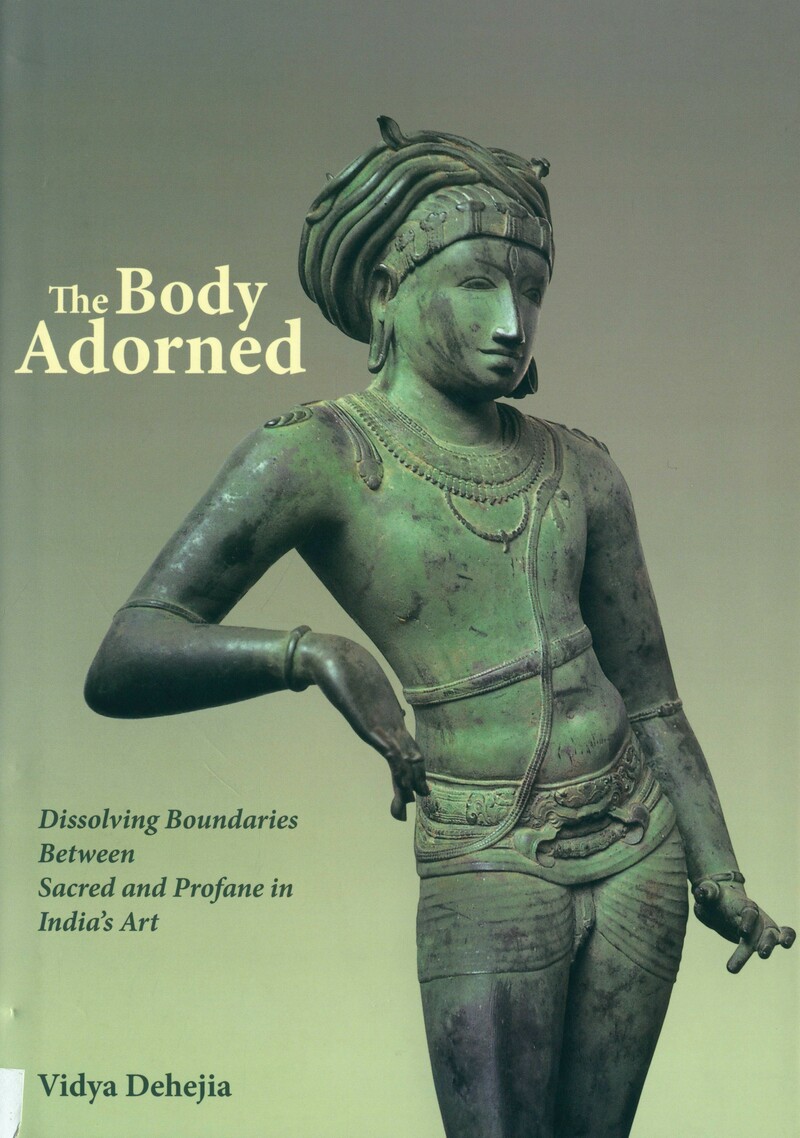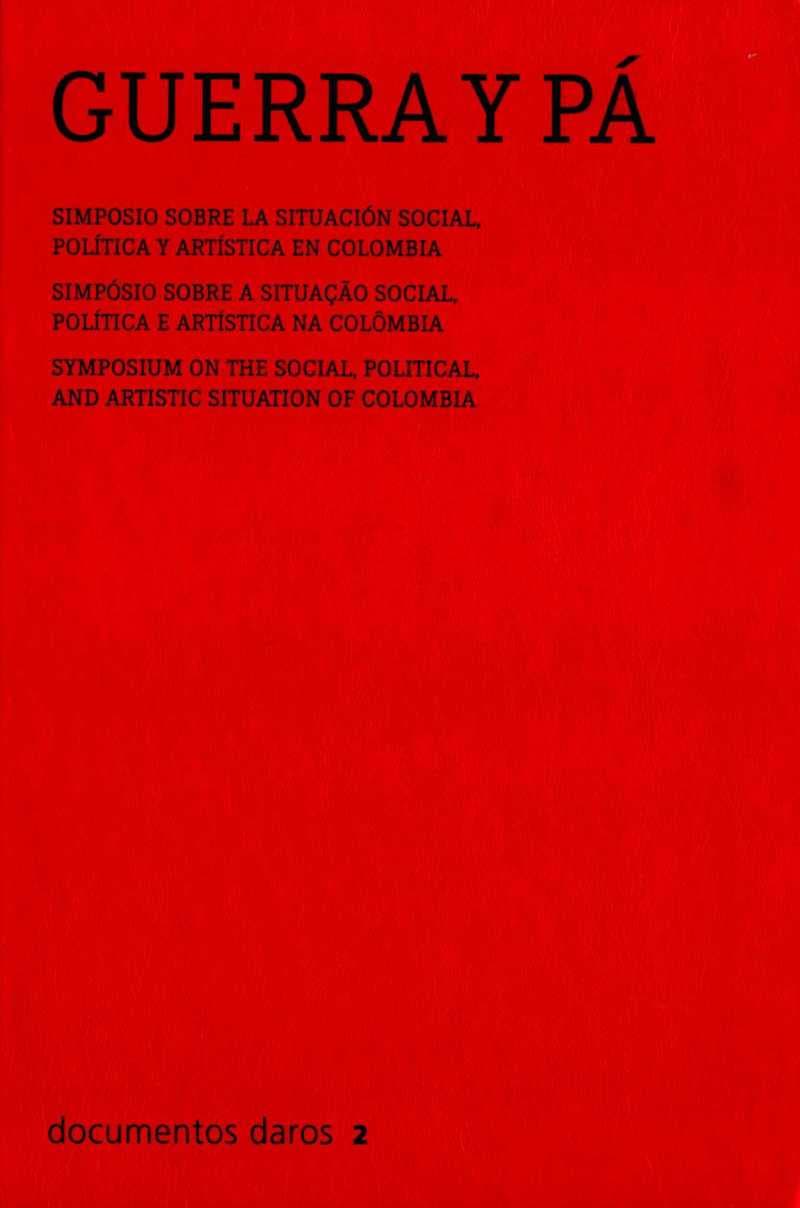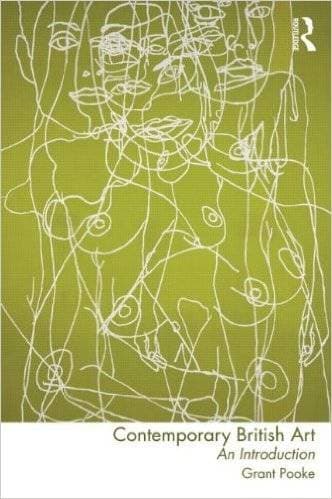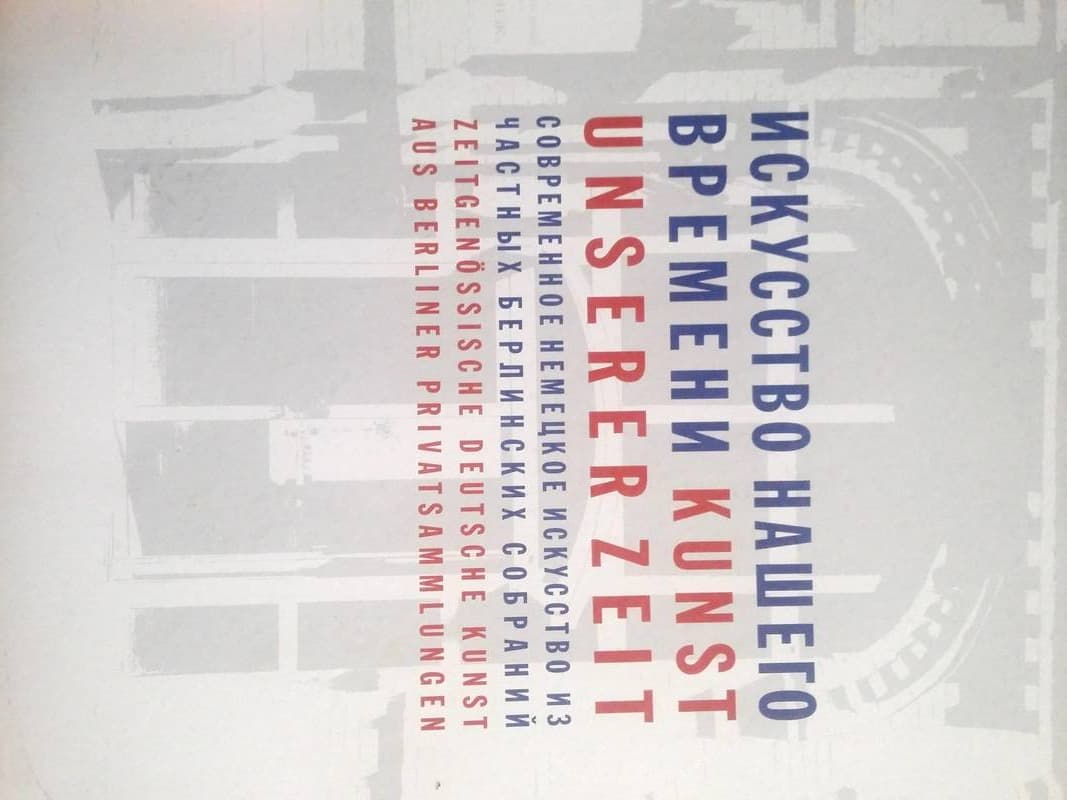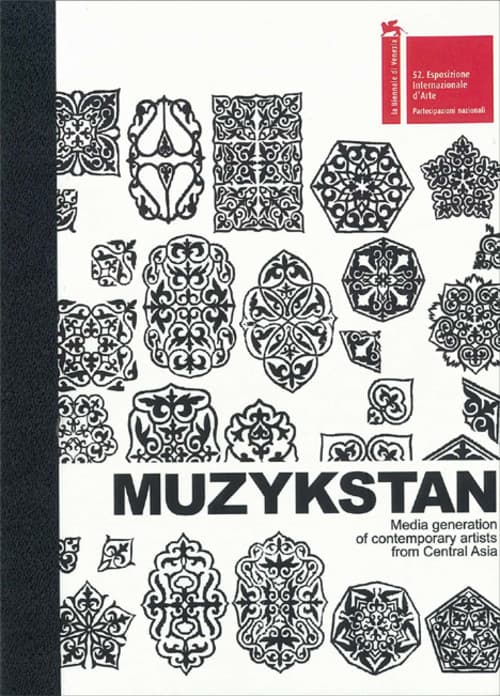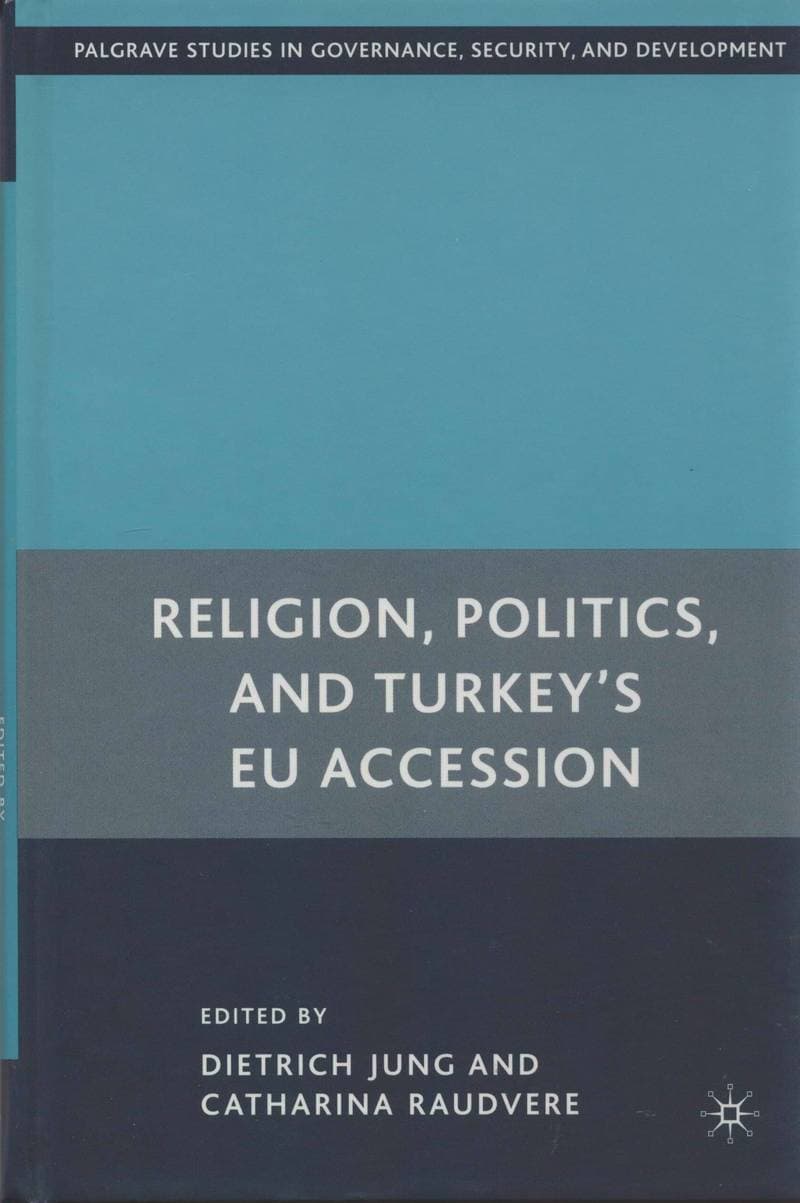The Body Adorned: Dissolving Boundaries Between Sacred and Profane in India's Art
The sensuous human form‑elegant and eye‑catching‑is the dominant feature of premodern Indian art. From the powerful god Shiva, greatest of all yogis and most beautiful of all beings, to stone dancers twisting along temple walls, the body in Indian art is always richly adorned. Alankara (ornament) protects the body and makes it complete and attractive; to be unornamented is to invite misfortune.
In The Body Adorned, Vidya Dehejia, who has dedicated her career to the study of Indian art, draws on the literature of court poets, the hymns of saints and acharyas, and verses from inscriptions to illuminate premodern India's unique treatment of the sculpted and painted form. She focuses on the coexistence of sacred and sensuous images within the common boundaries of Buddhist, Jain, and Hindu “sacred spaces,” redefining terms like “sacred” and “secular” in relation to Indian architecture. She also considers the paradox of passionate poetry, in which saints praised the sheer bodily beauty of the divine form, and nonsacred Rajput painted manuscripts, which freely inserted gods into the earthly realm of the courts.
By juxtaposing visual and literary sources, Dehejia demonstrates the harmony between the sacred and the profane in classical Indian culture. Her synthesis of art, literature, and cultural materials not only generates an all‑inclusive picture of the period but also revolutionizes our understanding of the cultural ethos of premodern India.
Данные книги
Религия, Литература, Телесность, Поэзия, Индия, Искусствознание
Нью-Брансуик
2009
238 страниц
9780231140287
Открытый доступ
Да
Да
709.4 Инд
1
- Guerra y pá. Simposio sobre la situación social, política y artística en Colombia/ Symposium on the Social, Political and Artistic Situation of Colombia2006
- Meta‑Sex 94: Identity, Body and Sexuality1994
- Contemporary British Art: An Introduction2011
- Primary Documents: A Sourcebook for Eastern and Central European Art Since the 1950s2002
- Na robu = On the Brink: Vizualna umetnost v Kraljevini Jugoslaviji (1929–1941)2019
- Indian Contemporaries/ Индийские современники2017
- Culture and Consensus: England, Art and Politics Since 19402015
- Искусство нашего времени/ Kunst unserer zeit1997
- Muzykstan. Media Generation of Contemporary Artists From Central Asia2007
- Religion, Politics, and Turkey's EU Accession2008
- Американская живопись: Двадцатый век1995
- Versions And Inversions: Perspectives on Avant‑Garde Art in Latin America (International Center for the Arts of the Americas)2006
